
Business
13:03, 13-May-2017
Ask China: Silk Road Fund values projects' financial soundness
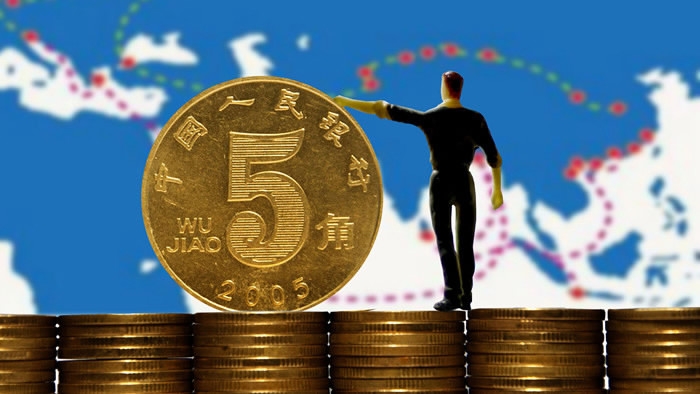
By CGTN's Luo Yu
China's Silk Road Fund has maintained a low profile since its establishment in late 2014, investing quietly and diligently in support of the Belt and Road Initiative.
The 40 billion US dollar fund has primarily invested in infrastructure and resource development, as well as industrial and financial cooperation projects.
In his first ever interview with an English media outlet, the fund's president, Wang Yanzhi, recently told CGTN about the fund's achievements, challenges and its strategy in attracting foreign investment.
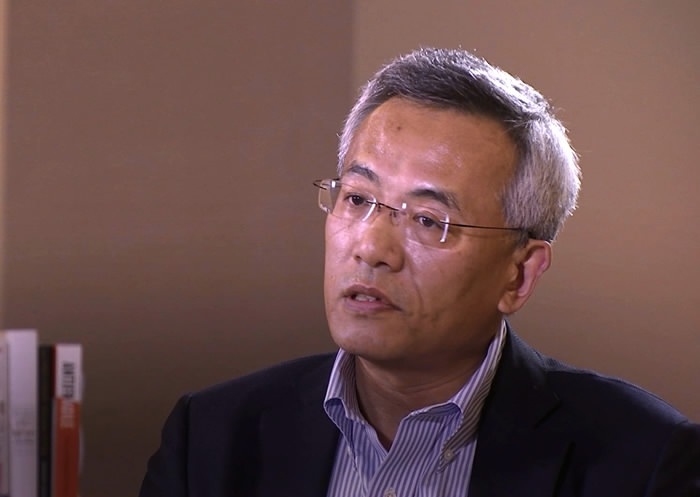
Silk Road Fund President Wang Yanzhi talks to CGTN. /CGTN Photo
Silk Road Fund President Wang Yanzhi talks to CGTN. /CGTN Photo
Pivotal achievements
Wang explained that the Silk Road Fund was established from scratch, yet in the second year the fund started to make investments and managed to generate positive cash flow.
One of its major investments involves the Pirelli project in Italy, in which the fund participated in a consortium led by China National Chemical Corporation to acquire the global tire manufacturer.
Other major projects include the Yamal LNG Project in Russia, the Dubai Hassyan clean coal power project in the United Arab Emirates and the Karot hydropower project in the China-Pakistan Economic Corridor, a crucial part of the Belt and Road Initiative.

The high-profile investments meant that "the international market began to realize that there is a Silk Road Fund, and that's the most important achievement so far," said Wang.
"The Belt and Road is overarching. It's also the first time for China to set up institutional arrangements for the initiative," he added.
Cooperation with other institutions
Although the Silk Road Fund has not yet cooperated directly on any projects with the China-initiated Asian Infrastructure Investment Bank, Wang told CGTN that the two institutions have remained in contact and intend to work together in the near future.
The Silk Road Fund has been actively providing capital to facilitate Chinese companies – particularly those with manufacturing expertise – to go global, he added.
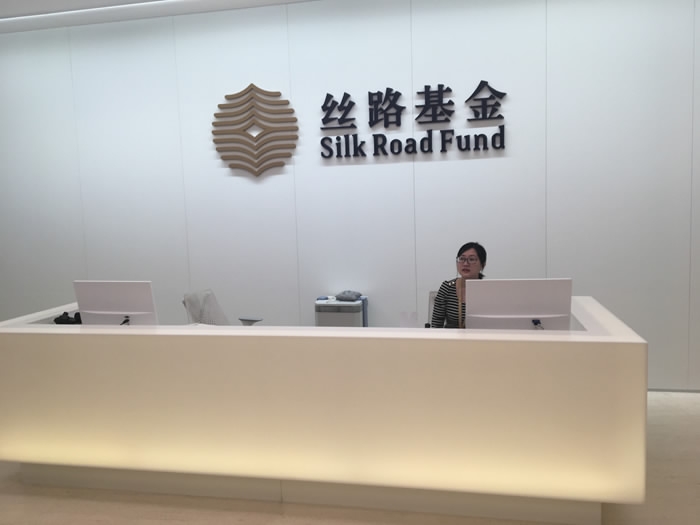
Headquarters of the Silk Road Fund in Beijing. /CGTN Photo
Headquarters of the Silk Road Fund in Beijing. /CGTN Photo
Wang explained that the fund is still is in its infancy, and given the size and scale of the infrastructure and resource development projects the equity fund usually takes a small share and focuses on the investment horizon over 10 to 15 years.
It has been working with other global and regional multilateral institutions such as the International Finance Corporation, a member of the World Bank Group and the Asian Development Bank, he revealed.
Risk management
Although some projects along the Belt and Road are long-term, capital intensive and not very lucrative from a business point of view, the fund has stated repeatedly that it is not an aid agency and it must create a reasonable economic return.
Wang said that returns vary from one sector to another, and that the fund does not have a universal benchmark for all projects. "But for us, financial soundness of the project is the priority," he emphasized.
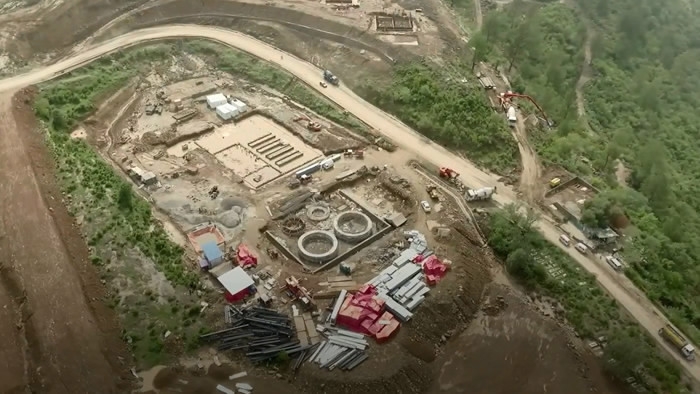
Some countries along the Belt and Road still face considerable challenges, such as poverty, terrorism, piracy or a lack of institutional infrastructure. And the operational risks of the fund are likely to increase as its investment cycles are longer than many other equity funds.
Wang agreed that there are many risks, stressing that making a rational assessment of partners, roles of governments and investors involved and the governing law is crucial for mitigating risks and uncertainties.
But the overriding factor amongst all, according to Wang, is whether the project is really needed and welcomed by the local community. Good projects that bring tangible benefits and prosperity to local people can navigate beyond setbacks and achieve desired results both socially and economically.
Foreign investors
Announcing the establishment of the Silk Road Fund in November 2014, Chinese President Xi Jinping said it would be "open" to active participation by investors from both within and outside Asia.
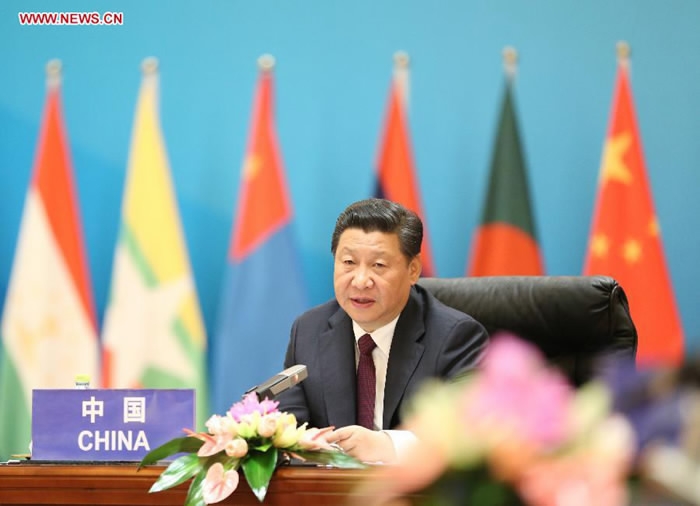
Chinese President Xi Jinping announces the setting up the Silk Road Fund at the Dialogue on Strengthening Connectivity Partnership in Beijing on November 8, 2014. /Xinhua Photo
Chinese President Xi Jinping announces the setting up the Silk Road Fund at the Dialogue on Strengthening Connectivity Partnership in Beijing on November 8, 2014. /Xinhua Photo
The fund's initial capital of 40 billion US dollars includes money raised from China's foreign exchange reserves, the China Investment Corp., the Export-Import Bank of China and China Development Bank.
Other institutions can invest in the company's second and third phases as long as they can make a long-term commitment, Zhou Xiaochuan, governor of China's central bank, said in February 2015.

Silk Road Fund President Wang Yanzhi (L) and CGTN reporter Luo Yu pose for a photo following an interview at the fund's headquarters in Beijing. /CGTN Photo
Silk Road Fund President Wang Yanzhi (L) and CGTN reporter Luo Yu pose for a photo following an interview at the fund's headquarters in Beijing. /CGTN Photo
But Wang, the former director of the entrusted loan office at the State Administration of Foreign Exchange, said the fund does not intend to increase the number of shareholders and raise the contributed capital at present.
"Right now, I don't see any urgent need to have any other foreign investors to be a part of or addition to the 40 billion US dollars," he said. "But we are certainly quite active in working with foreign investors at the project level."
5km
Related stories:
Ask China: Sweet welcome for Chinese milk products in NZ
Ask China: HNA connects China to the world
Ask China: China's largest overseas business park is open to the world
Ask China: ICBC funds green Belt and Road
Big Data: B&R Initiative boosts China's nationwide opening up

SITEMAP
Copyright © 2018 CGTN. Beijing ICP prepared NO.16065310-3
Copyright © 2018 CGTN. Beijing ICP prepared NO.16065310-3